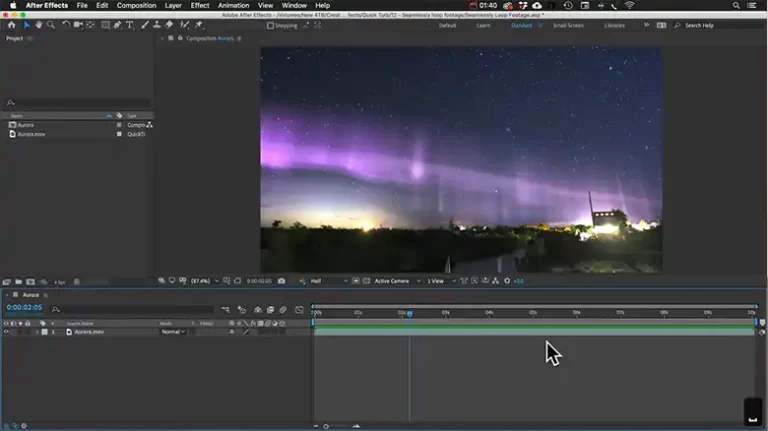Authorship of the Now
In today’s social media-saturated world, surgically curating and broadcasting the intimate details of one’s daily life has become a widespread obsession. Platforms like Instagram and TikTok have enabled the meteoric rise of “lifestyle blogging” – converting lived experience into consumable digital content.
Ordinary people now meticulously stage, frame and filter snapshots of life’s mundane moments into manicured artifacts akin to museum exhibits. Meals, outfits, vacations, pets, and parenting are elevated into art installations for global virtual consumption. Through this lens, existence itself becomes a staged performance pieced together in real-time.
Identity as Editorial Project
Lifestyle blogging represents the apex of identity not as an innate core self, but as an ongoing editorial project under perpetual revision. Online personas morph day by day in real time based on the latest trends, memes, and viral challenges.
The innate drive for social approval through metrics like followers, comments, and likes exerts intense pressure to manufacture reality – enhancing, embellishing, or even fabricating life events to satiate audience desire. Authenticity melts under the exposure of monetization, as diehard fans patronize accounts through tips, merchandise, and brand sponsorships.
Collapse of Public/Private Spheres
Traditional barriers delineating private versus public life have eroded entirely, with even the most intimate facets of identity now quantified, categorized, and served up for mass consumption. Sexuality, mental health struggles, medical procedures, marital conflicts, parenting flaws, and family trauma all become fodder relayed as shareable content.
The notion of an inner authentic self-existing apart from outward perception dissolves. Even reality itself elasticizes – stretched, warped, and edited into the latest viral meme trend regardless of factual accuracy. Through the looking glass of social media, the lived and the performed collapse into a single entangled experience reformed for an audience of billions.
Addiction to Hyperreality
This convergence of immediate reality with packaged content for distribution creates a kind of hyperreality more vibrant and stimulating than real life alone could sustain. The potent chemical rush of notifications, comments, pings, and alerts hijacks primal social reward cravings. In turn, users compulsively maintain their digital shrines through constant curation and engagement lest interest wanes – like a performer anxiety-ridden over declining ticket sales.
Billions immerse themselves in this space as escapist entertainment better than any fictional movie or game. But the collective illusion comes at the cost of authentic human bonds, eroding the lived world not yet quantified as data under the voyeuristic gaze of surveillance capitalism. Perhaps the anesthesia of spectacle will someday lift, allowing a reawakening of neglected realities buried beneath the filter.
Rebalancing Priorities
As the allures of self-branding subsume identity, social media threatens to dismantle the boundaries of private life that preserve human dignity. Our willingness to forfeit intimacy for spectacle reflects deeper societal malaise – spiritual poverty and disconnectedness camouflaged by the sheen of glossy bundles of clickbait. Reclaiming agency over technology to serve human ends – not commercial interests intent on monetizing attention at any cost – remains imperative. The path forward cannot reject the liberating potential of digital life but must instill moral limits on exploitation and commodification.
Only through mindfully rebalancing virtual and physical communities can we mitigate the harms of permitting existence itself to become merely performance art engineered for profit. By recentering human needs, social media may yet foster meaningful connection over vacuous celebrities in the onlife integration of our digital and analog souls.

